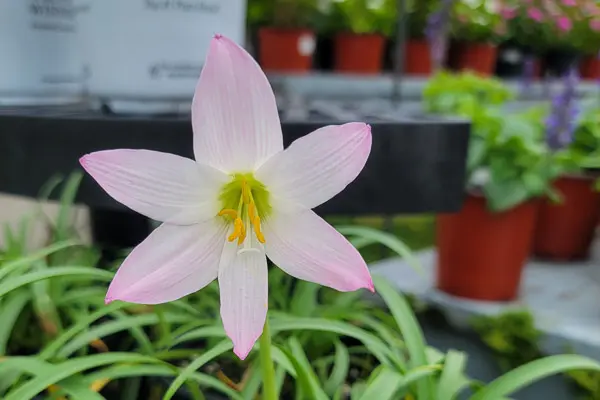By Amanda Rose Newton
As the year comes to a close, the December birth flowers—Holly and Paperwhite Narcissus—offer a festive touch to the season. Known for their symbolism and beauty, these blooms bring a sense of cheer and celebration. However, for gardeners in Florida, growing these traditional flowers may not always be practical. Let’s explore their history, meaning, and Florida-friendly alternatives to keep your garden thriving in the Sunshine State.
Holly: A Festive Evergreen
The History and Symbolism of Holly
Holly has been a symbol of winter for centuries. Its glossy green leaves and bright red berries are a staple of Christmas décor, representing eternal life, protection, and joy.

The Druids regarded holly as sacred, believing it warded off evil spirits, and early Christians adopted it to symbolize the crown of thorns worn by Jesus, with the red berries representing his blood.
Why Holly Struggles in Florida
Traditional holly varieties, such as the American holly (Ilex opaca), prefer cooler climates and struggle with Florida’s heat and humidity. They also require acidic, well-drained soil, which is not always available in Florida gardens.
Florida-Friendly Alternative: Yaupon Holly (Ilex vomitoria)
For Florida gardeners, Yaupon holly is an excellent substitute.

This native evergreen thrives in Florida’s sandy soils, high humidity, and full sun to partial shade. It features small red berries that attract birds and pollinators, adding a festive pop of color to your yard.
Care Tips for Yaupon Holly:
Soil: Adapts to various soil types, including sandy and alkaline soils.
Watering: Drought-tolerant once established but benefits from regular watering during the first year.
Pruning: Prune lightly to shape the plant or let it grow naturally for a more casual look.
Pests/Diseases: Resistant to most pests and diseases, making it low maintenance.
Paperwhite Narcissus: Winter’s Fragrant Bloom
The History and Symbolism of Paperwhite Narcissus
The Paperwhite narcissus (Narcissus papyraceus) has been associated with purity, renewal, and hope.

Native to the Mediterranean, these delicate white blooms have a heady fragrance and are often forced indoors in winter for holiday arrangements. In Greek mythology, the Narcissus flower sprang from the tragic tale of a youth who fell in love with his own reflection.
Challenges for Paperwhites in Florida
Paperwhite bulbs thrive in cooler winters, requiring a period of dormancy to bloom successfully. Florida’s warm and mild winters make it difficult for these bulbs to naturalize or rebloom year after year.
Florida-Friendly Alternative: Rain Lily (Zephyranthes spp.)
The rain lily is a fantastic alternative for Florida gardeners.

These bulbs produce delicate, star-shaped flowers in white, pink, or yellow after heavy rains. Native to subtropical regions, they are well-suited to Florida’s climate and mimic the aesthetic appeal of Paperwhite narcissus.
Care Tips for Rain Lilies:
Planting: Plant bulbs in well-drained soil in sunny to partially shaded areas.
Watering: Although drought-tolerant, rain lilies bloom best after heavy rain or supplemental watering.
Fertilizing: Use a balanced, slow-release fertilizer during the growing season.
Pests/Diseases: Rarely affected by pests, but avoid overwatering to prevent root rot.
How to Incorporate These Alternatives
Both Yaupon holly and rain lilies bring a touch of December’s charm to Florida gardens while thriving in the local environment. Here are some ideas:
- Use Yaupon holly as a hedge, accent shrub, or in container arrangements for holiday décor.
- Plant rain lilies in groups along pathways or borders for a burst of color after summer rains.

December’s birth flowers, Holly and Paperwhite narcissus, are steeped in history and symbolism that reflect the joy and renewal of the season. For Florida gardeners, adapting these blooms with Yaupon holly and rain lilies ensures your garden stays vibrant and festive all year long. Embrace these Florida-friendly options, and let your garden shine with the spirit of December!


